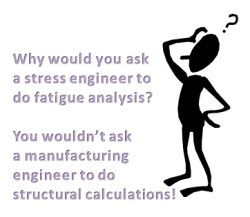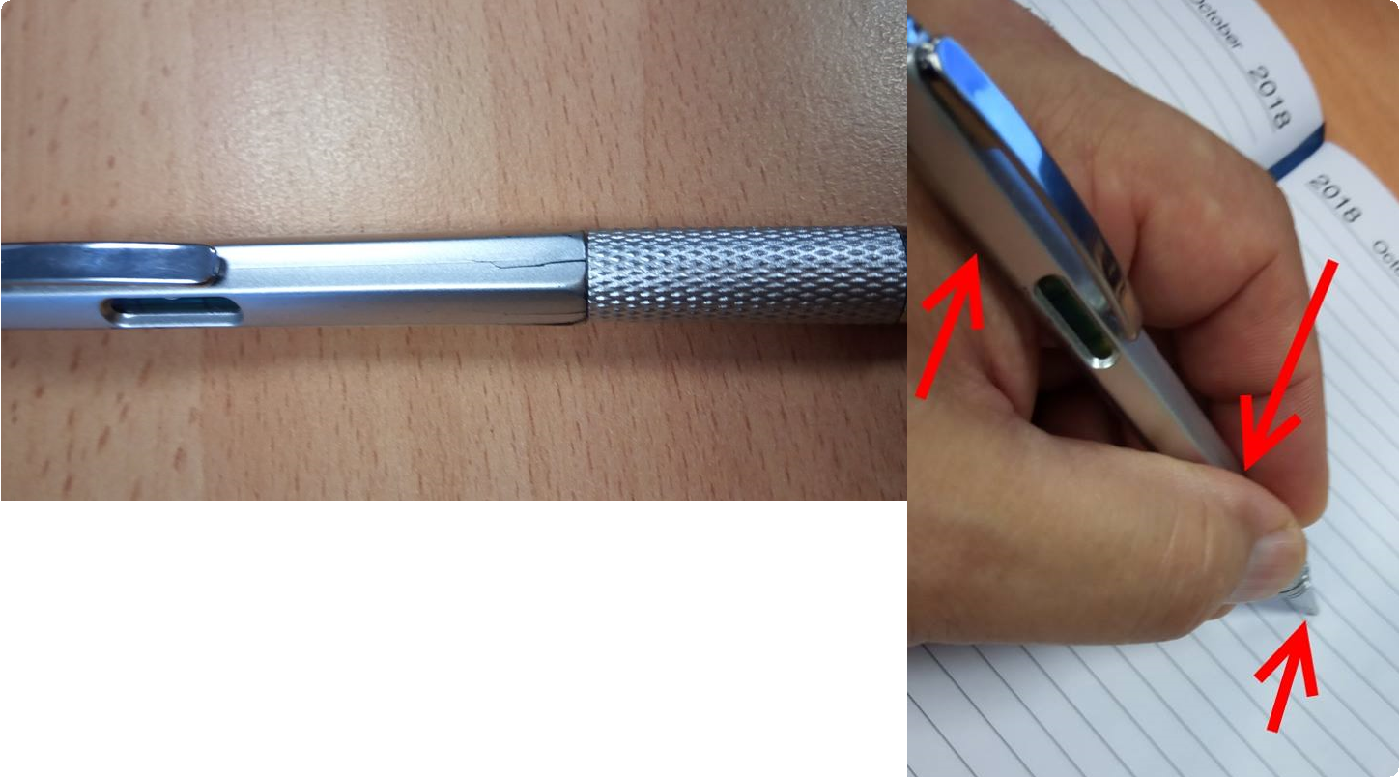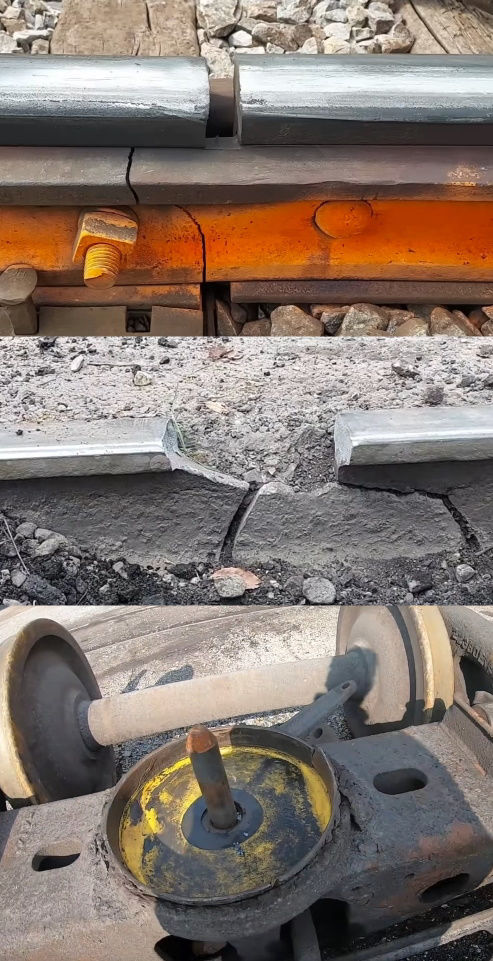Playing with Fatigue - Who/What/Why?
On a recent trip to the local play park with my children, I came across a serious and catastrophic fatigue failure on one of the play structures.
A closer look at the installation revealed that the design and installation had not been integrated such that the installer had clamped the spring exactly where the highest bending moments would occur.
An Installation Problem
This demonstrates a lack of understand on the part of the installer and maybe an oversight on the manufacturer's behalf in providing accurate and detailed installation instructions or worse still, a lack of fatigue engineering understanding by the design team. Furthermore in this case, whilst the design is meant for children and the mass of these users would be less than say 20 kg, it is also possible for an element of misuse to occur by heavier older users. Therefore an element of over design is required. However, by detailed failure investigations, it would be possible to prove or otherwise not that the design was repetitively misused.
The material condition may be a contributing cause of the failure as well but this would require a detailed study of the crack surfaces (fractography) and a check on the material composition (metallography). Also there may have been a crack initiator on the surface which again requires closer study under a microscope (optical or electron microscopy).
The Value of a Fatigue Expert
This short overview shows that expert fatigue investigations can definitely add value and could lead to a clear understanding of whether the design, the materials, the manufacturing process, the installation or the use of the product was the prime reason for failure and what other contributing factors played a role in it.
The Fatigue Expert team can help with your fatigue design and failure investigations as well as fatigue test programmes and material performance qualifications.








FOLLOW US